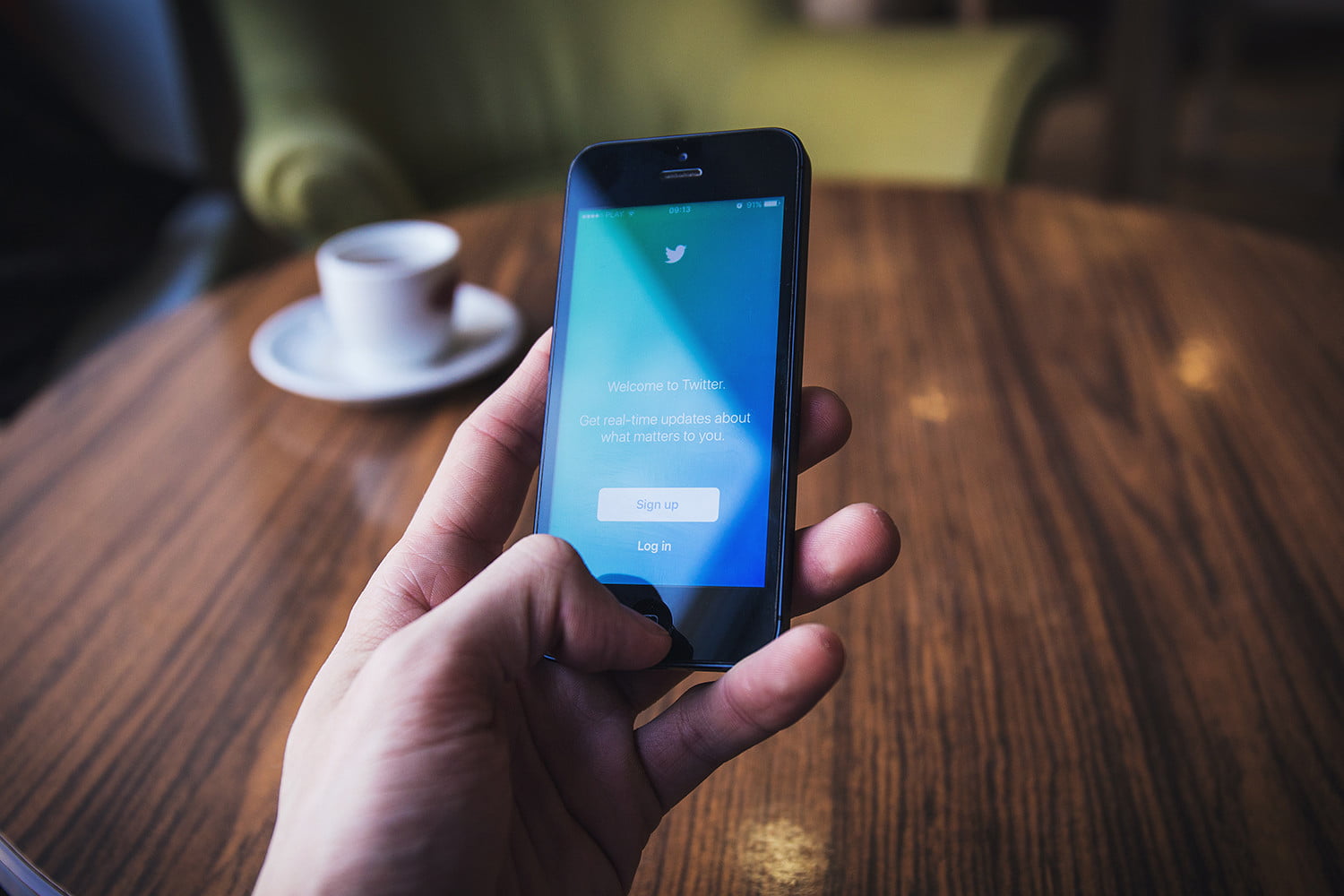
Twitter is going on a bot diet. On Wednesday, February 21, the social media platform announced a set of new guidelines that will prohibit mass tweets, likes and follows using both third-party platforms and the company’s own TweetDeck. The move is designed to prevent bots from mass posting similar tweets, as well as preventing automated tweets from artificially putting a hashtag on the trending list.
The change comes shortly after 13 individuals and three businesses were indicted for interfering in the U.S. election last week. Bots are believed to have created mass numbers of election-related posts, sometimes impersonating American individuals and others purporting to be organizations, according to the investigation. A New York Times report earlier this week claims that bots aren’t only driven during an election season, alleging that, after the school shooting in Florida that left 17 students dead, Twitter bots also mass-posted on gun control.
To curb the bot abuse, Twitter is focusing on three different areas. First, third-party programs can no longer allow users to “simultaneously post identical or substantially similar content to multiple accounts.” Twitter says it doesn’t matter if those identical or similar tweets are scheduled at different times, either. Twitter encourages platforms using multiple legitimate accounts to retweet instead, though in high volumes, even retweets won’t be permitted.
Next, Twitter is banning these third-party apps from simultaneous likes, retweets and follows coordinated across multiple accounts. Finally, Twitter’s bot purge is prohibiting applications from automating posts and actions across multiple separate accounts around a specific topic. The change is an attempt to remove automated posts that attempt to make a hashtag appear more popular than it actually is, to drive the topic into Twitter’s trending section.
Third-party apps have until March 23 to remove those features or face possible suspension of the app and associated accounts. Twitter is applying those same guidelines to the Twitter-owned TweetDeck, which will no longer have the option to tweet, retweet, like or follow from multiple accounts at once.
While many users will be happy to see fewer fakes on Twitter, the new guidelines could also pose a challenge for the organizations that have a legitimate reason for using multiple accounts to post similar content. For example, news publications sometimes have separate accounts for different regions or different topics, segregating tech stories from politics, like @nytimesbooks, @nytimesarts, and @nytimestech. With the change, these publications won’t be able to use a scheduling tool to post a tweet that spans multiple regions or categories to the respective accounts. With the identical and similar tweet ban including posts scheduled in advance, the change could also potentially affect publications that frequently re-share existing but relevant content.
Twitter is allowing for one exception, however. Emergency alerts, public service announcements and weather alerts won’t be part of the new exclusions, so that earthquake warning can still be mass-tweeted over multiple accounts.
“These changes are an important step in ensuring we stay ahead of malicious activity targeting the crucial conversations taking place on Twitter — including elections in the United States and around the world,” Twitter Trust and Safety manager Yoel Roth said in the announcement.

